
views
Starting the Car
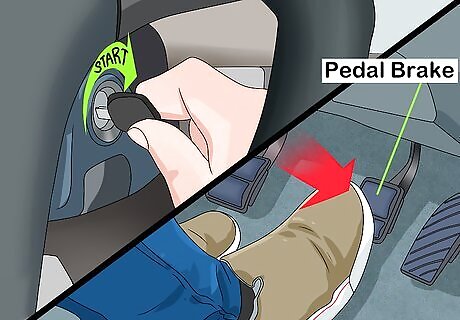
Turn the key in the ignition to start the engine. Semi-automatic cars typically don’t require any special treatment to start. The parking brake should already be engaged, and you should hold down the brake pedal to ensure the car doesn't move forward as you shift it into gear. In most semiautomatic cars, the parking brake is engaged when the gearshift is set to "P."

Find the gearshift next to you. Look down to find the gearshift in the center of the car. You’ll see a stick labeled with a few letters and symbols. This is what you use to change gears. The symbols will also light up on the dashboard to remind you of what mode the car is in. Some cars have steering wheel paddles used to shift gears. Look for a + paddle on the right and a - paddle on the left.

Move the gearshift back if you need to go in reverse. The “R” on or near the gearshift stands for reverse. Hold down the brake and pull the lever towards the R. Release the brake and the car will begin to back up.

Put the car into drive to engage the gears. Pull the gearshift down to the letter “D,” which stands for drive. The car will start going forward as soon as you let go of the brake. You’ll start out in 1st gear. When shifting, you’ll move the lever past “N,” which stands for neutral. This isn’t a gear and is rarely used because it cuts the engine off from the accelerator.
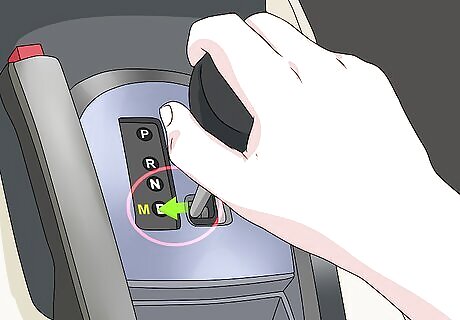
Move the gearshift over to manual transmission. Depending on the car, you’ll also see an “M” or a spot to shift the lever between a + and - sign. This is how you control the gears manually. Move the lever down and over, but don’t shift gears yet.
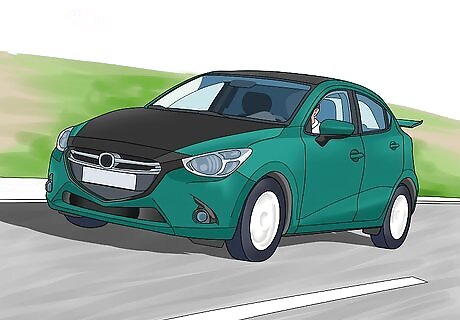
Begin driving forward before shifting gears. Let go of the brake, allowing the car to go forward and pick up speed. Listen to the engine and the way the car feels as you drive it. As you begin driving, the car will be in 1st gear, but you’ll need to shift gears as it picks up speed.
Changing Gears and Parking
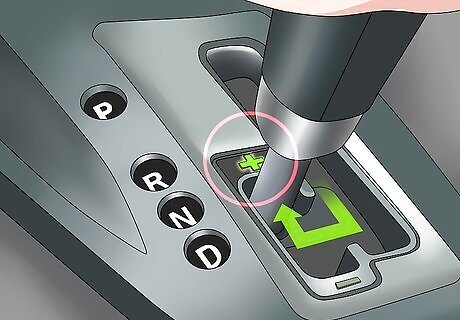
Push up on the gearshift to increase the gear. Move the gearshift towards the + sign to go up one gear. You should do this anytime the engine sounds like it’s working too hard, making a high-pitched revving sound. The more you drive the car, the easier it’ll be for you to recognize this sound. Some cars may also have a + paddle on the right side of the steering wheel you can pull back on to increase the gear. One rule of thumb for shifting gears is to change every 15 mph (24 km/h). For example, switch to 2nd gear when you’re driving between 15 to 30 mph (24 to 48 km/h). If your car has a tachometer, shift gears whenever it reaches 3,000 RPM. EXPERT TIP Simon Miyerov Simon Miyerov Driving Instructor Simon Miyerov is the President and Driving Instructor for Drive Rite Academy, a driving academy based out of New York City. Simon has over 8 years of driving instruction experience. His mission is to ensure the safety of everyday drivers and continue to make New York a safer and efficient driving environment. Simon Miyerov Simon Miyerov Driving Instructor Did You Know? In an automatic vehicle, when you shift gears, it happens automatically, and in a manual, you have to use a clutch to shift the gears. In a semi-automatic, you can shift the gears manually, but you don't use a clutch. In some luxury vehicles, you can even switch back and forth between automatic and semi-automatic.

Let go of the gas pedal before downshifting. Whenever you’re slowing down and need to decrease the gear, ease off the gas pedal. This will get your car to the proper speed, leading to a safe and seamless transition to the lower gear. You don’t have to let off the gas when shifting up a gear.
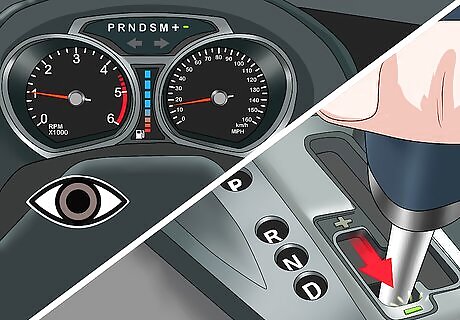
Pull back on the gearshift to lower the gear. Move the gearshift towards the - sign, which is always towards you. This is done gradually as you decrease speed, and you should never immediately brake if you can avoid it. You’ll hear the engine slow and begin to sputter. Remember to watch the speed and RPM indicators. For example, shift back to 1st gear when you fall back to 15 mph (24 km/h) or 1,000 RPMs. If your car has gear paddles on the wheel, look on the left side for the - paddle. Pull it towards you to downshift.

Bring the car to a stop before putting it in neutral. Press the brake to slow the car, downshifting until you reach 1st gear. Once the car has come to a complete stop, it is safe to shift into neutral. Move the gearshift towards the “N”. If your car has wheel paddles, pull back on both the + and - paddles to put the car into neutral.
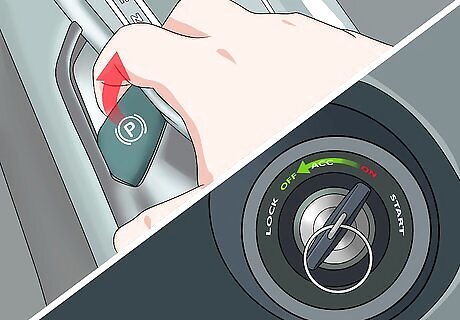
Engage the parking brake before turning off the car. Grasp the gearshift and move it next to the letter P. This turns on the brake. Turn off the engine by turning the key in the ignition. Now it’s safe to exit the car.











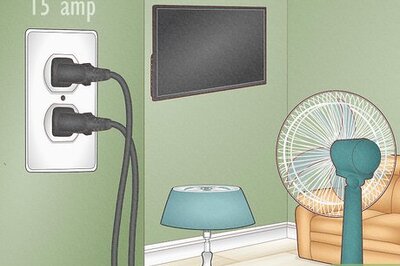
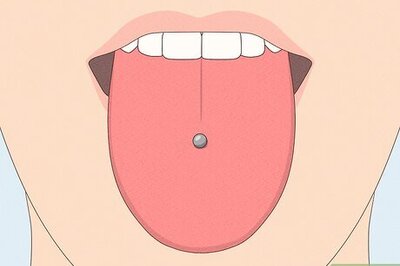
Comments
0 comment